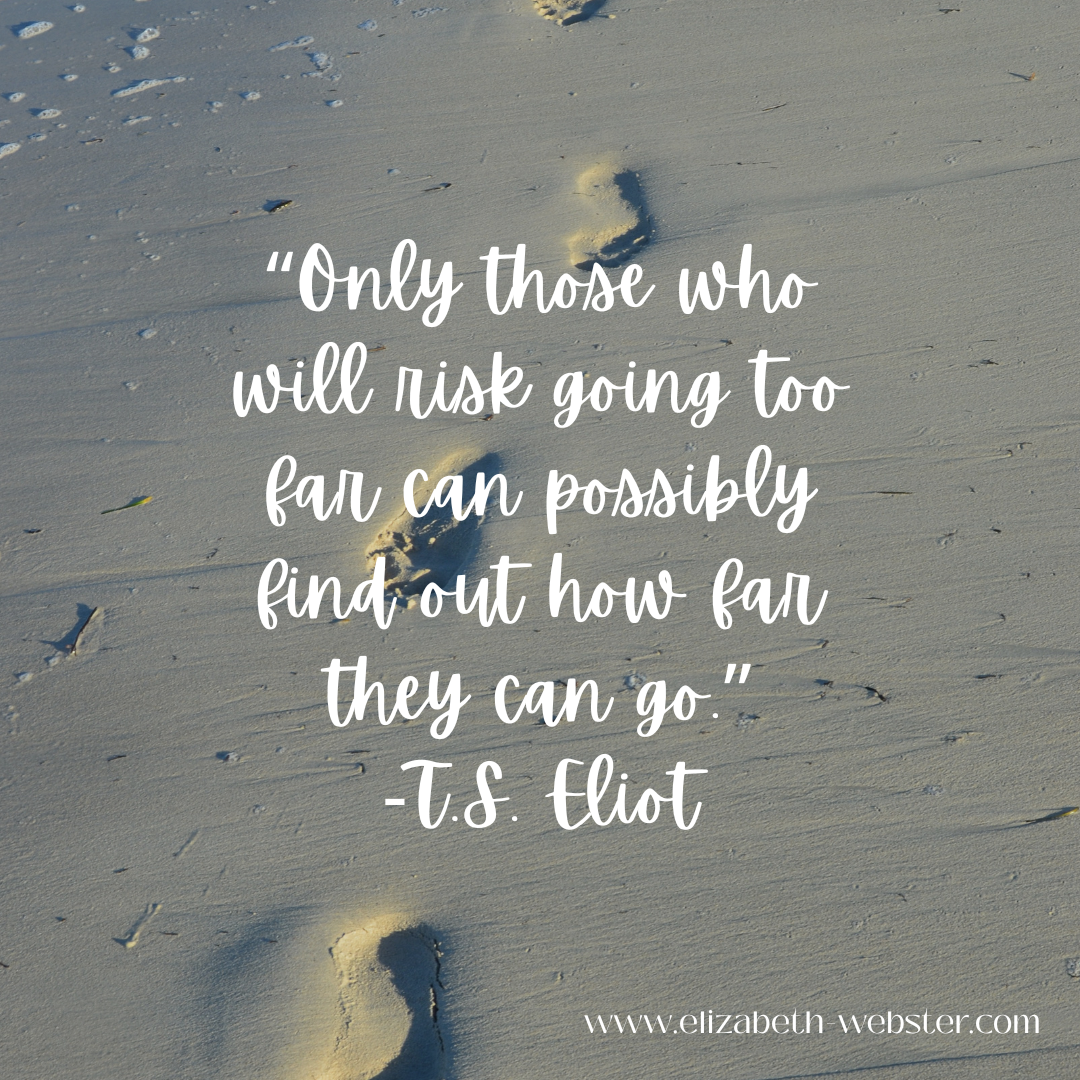Walk This Way
For years, I was a runner - but I need to couch this statement. I wasn’t the kind of runner who collects medals. I wasn’t the kind of runner who logs great distances. I wasn’t a running club runner. My version of running involved less pressure and more privacy. Ideally, I’d complete my loop before the rest of the world woke up. I’ve caught so many stellar sunrises this way. From crisscrossing streets peppered with crepe myrtle blossoms in Charleston to traversing the dense, leafy suburbs outside of Washington D.C., I’ve discovered that any new place can be made familiar with a new running route.
But I never ran as much in my life as I did during the pandemic. As I homeschooled two children with toddler twins underfoot, I relied on my early morning run then as I never had before. That delicious, forty-five minute jog offered a brief respite from the practical stresses of teaching and parenting - and also, from the isolation and uncertainty of an unprecedented global crisis. Running gave me the practical benefits of a healthy routine, while also connecting me to more carefree memories. I’d never loved it more.
And by the time the world finally opened up, I’d torn my meniscus.
Though my surgeon did eventually clear me to run again, the difficult recovery from my surgery gave me pause. I wondered if there were a way to continue exercising and exploring with less impact on my joints. I considered all sorts of random options before settling (in a grumpy, resigned way) on the obvious choice: I would try walking.
Initially, I was skeptical. I couldn’t imagine I’d gain any real benefits from walking. I was accustomed to the feeling of flying, to calming my monkey mind, and to starting my day with a euphoric runner’s high. How could a simple walk approximate the joy I’d come to expect from my morning run?
Over the past few years, I’ve discovered that walking has its own unique benefits - and its own beauty, too. I did mourn my running life at first. I had to exercise a new intention to commit to walking: I had to learn to slow down. (Not an easy task for this Type A lady.) While my walks don’t offer the same burst of energy as my morning runs, I’ve come to value them for the peace of mind they provide.
That, and I believe my morning walks have made me a better writer, too.
Walking leaves more time for noticing. As I linger with a sudden observation - the sunken porch of that house; the bird’s nest clinging to a scaffolding of branches; the stooped, elderly couple tenderly holding hands - I find myself lingering mentally as well. My mind ambles in lockstep with my pace. By the end of my walk, I’ve normally worked through any blocks and found my way back to flow. I return home ready to begin again.
I’m in good company as a writer-walker.
Henry David Thoreau once wrote, “Me thinks that the moment my legs begin to move, my thoughts begin to flow.” Charles Dickens relied on his daily walks through London. The idea of giving them up was unthinkable; he wrote, “If I could not walk far and fast, I think I should just explode and perish.” And, of course, William Wordsworth famously wandered “lonely as a cloud.” Yet his poetry reveals the sweetness of his ambling solitude.
Virgnia Woolf loved evening walks year-round, though she loved to walk at night most in winter. She even published a short story in The Yale Review, Street Haunting: A London Adventure, which fictionalizes her ritual. Her story opens with a fake errand to buy a pencil - simply to have the excuse to take a walk in London at night.
“…so when the desires comes upon us to go street rambling, the pencil does for a pretext, and getting up we say, ‘Really I must buy a pencil,’ as if under cover of this excuse we could indulge safely in the greatest pleasure of town life in winter - rambling the streets of London.”
Science backs up this writerly instinct. In a landmark Standford University study, 81%-100% of participants increased their creativity and produced more creative ideas by walking. Their improved creativity remained even after they’d completed their walk. The study found little distinction between walking indoors or outside. Apparently, the participants’ movement loosened up their minds - allowing easier access to their flow state.
Hippocrates famously said, “Walking is man’s best medicine.” And, of course, the study acknowledged the physical and mental health benefits of walking as well. For most people, those benefits probably come first. For this writer, I most value the creative clarity that finds me soon after I lace up my shoes.
Are you feeling at all blocked today? You might consider a walk - and let the spark of inspiration that finds you there illuminate a new path forward. Please reach out and let me know how it goes.
